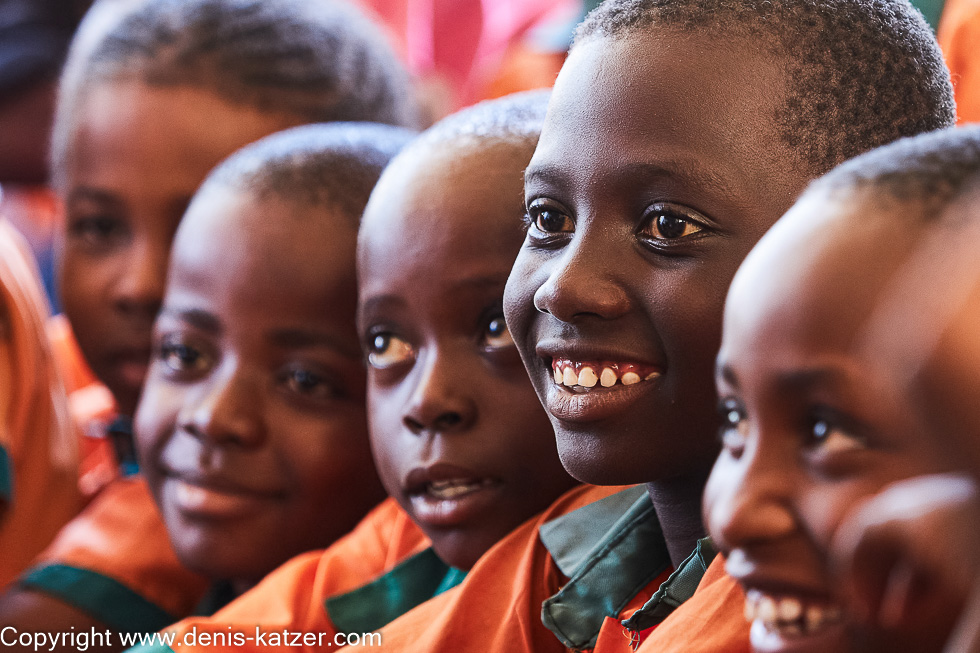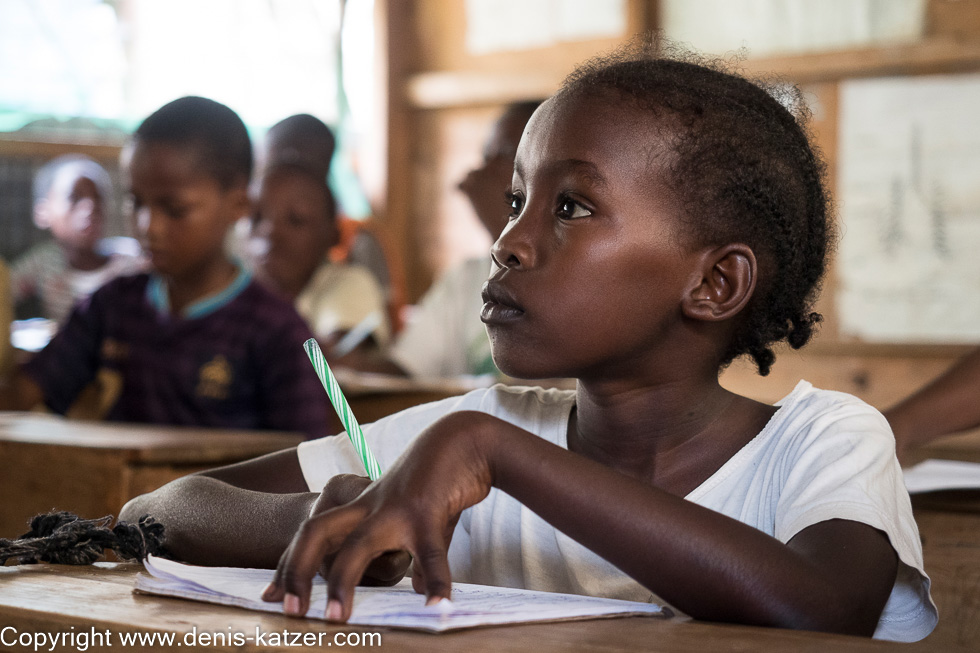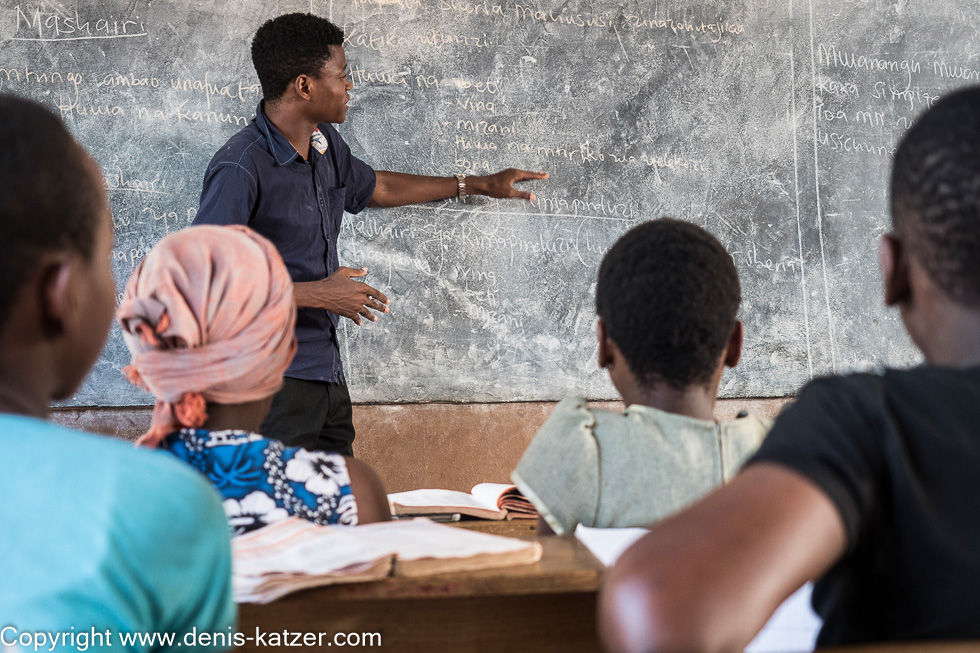
The history of the Barnabas Children’s Center aid project
N 63°25'27.7" E 10°20'24.4"
Date:
01.12.2020
Day: 121
Country:
Norway
Location:
Trondheim
Daily kilometers:
154 km
Total kilometers:
8909
Soil condition:
Asphalt
Bridge crossings:
29
Tunnel passages:
14
Sunrise:
09:24 am
Sunset:
2:50 pm
Temperature day max:
3°
Night temperature min:
– 1°
Wind
10 km/h
Time of departure:
12:00 p.m.
Arrival time:
3:30 pm
(Photos of the diary entry can be found at the end of the text).
Click here for the podcasts!
Link to the current itinerary
(For more posts click on one of the flags in the map
“How do you get involved in an aid project like this?” I ask with interest. “Hm, it’s a long story,” replies Patrick. “We have time,” says Tanja. “Okay, if you’re really interested, I’ll be happy to tell you. “So where do I start?” “It’s best to start at the beginning,” I say with a laugh. “The summer of 2011 was to change my whole life. I had no idea what to expect when I accepted the request from photographer and honorary ambassador of Kenya, Hartmut Fiebig, to accompany him to East Africa as a photographer for his project “The 50 Treasures of Kenya”.
In the months that followed, I got to know the country intensively. I not only marveled at the breathtaking nature and wildlife, but also fell in love with the endless cultural diversity, ranging from modern cities to traditional villages and ancient rituals.
In addition to the modern and highly developed aspects of Kenya, I also got to know the dark side of the country and was confronted with bitter poverty and many problems. In large parts of Kenya, there is too little work for too many people. As a result, many lose themselves to drug use and crime. Corruption also plays a major role in Kenya. If you are the victim of a crime and have no money to pay the police in advance, you rarely have a chance of getting justice. Many families cannot afford to feed or educate their children. It really hurts me to see all this while I have the privilege of being born in Germany and being able to lead such a simple and safe life.
During my trip across the country, I got to know Harrison Gonah. He lives with his family on Kenya’s coast, in Bombululu, a small town near Mombasa. Harrison told me enthusiastically about his small school and orphanage project, which he founded in 2009 – the Barnabas Children’s Center. He invited me to visit Barnabas and get to know it better – it was a wonderful opportunity for me.
At that time, the project consisted of a small mud hut in which around 30 children were taught. There was only one room and Silas was the only teacher who taught the three class levels in parallel. When the fire was lit in the adjoining hut, the smoke in the classroom was so thick that it was almost impossible to breathe. Everything was very improvised and yet I felt the incredibly positive and intense energy of this place. Harrison and Silas put all their energy and love into the project and supporting the children. The pupils were grateful to be able to attend this school, as many families are unable to pay the fees of a public school, where for many the purchase of a mandatory school uniform is already a problem. Many orphans were also taught at Barnabas – at night the classroom was converted into a dormitory for around 15 of the children.
Harrison himself comes from a very poor background and has set himself the goal of helping the poorest families and children in particular. His optimistic and enthusiastic manner infected me within a very short time – I wanted to lend a hand and support Harrison in his big dream of being able to help many more children.
Back in Germany, I started collecting donations. Together with two friends, I sold prints of the pictures I had taken in Kenya, gave the first live lectures about my time in East Africa and about the Barnabas Children’s Center, and launched other fundraising campaigns. I soon had enough money together to finance the construction of the first proper dormitory. A first important step had been taken – many of the children who previously had to sleep on the classroom floor spent a night in a real bed for the first time.
This quick and great success made me realize what a big difference I could make in Kenya with simple means. In the years that followed, I continued to launch new fundraising campaigns to make more people aware of the project – gradually creating a circle of various great supporters who are helping Harrison to further expand the Barnabas Children’s Center.
In the many years that I have accompanied and supported the project, I have become more and more aware of how incredibly lucky I was to get to know Harrison and Barnabas. Harrison became a very good friend of mine over the years and I realized that I benefited from the project at least as much as the project benefited from my work.
I learned a lot about life in Kenya and realized that the Kenyans are far ahead of us Germans in many areas. Among the people and in the villages there are often very strong communities and an unimaginably intense charity. Everyone sticks together and supports each other – if someone suffers a misfortune, they are supported by everyone. But I was also impressed by the technically advanced stand. During my first visit in 2011, it was already common practice to pay for all purchases by cell phone almost everywhere in the country. Even at small vegetable markets, you can conveniently make cash and contactless payments with “M-Pesa”. The mobile network coverage is also much better than I am used to in Germany.
Our perception of many countries, especially in the Third World, is often, completely unconsciously, still very much shaped by colonial times. I think there is hardly a topic that you should pay more attention to as a photographer and reporter than the balanced presentation of the countries you have traveled to.
In my work as a photographer, I have also made the mistake of presenting the countries I have visited in a too one-sided way. I think this is also understandable. When you travel through an exciting country like Kenya, for example, you naturally want to present pictures of wild animals, traditionally dressed Maasai warriors and the extremes of the country on your return. Everything we think of when we hear “Kenya”. Pictures of modern city districts that are very similar to ours, or people who wear the same style of clothing as we do, are nothing special for us at first – so nothing worth photographing. Nevertheless, these images are just as much a part of the country. However, if I don’t photograph and present this part, the viewer of my pictures gets a completely wrong impression of the country. It seems as if the country consists only of wild animals, traditionally dressed peoples and mud huts – although this only makes up part of the country.
The school is now attended by around 500 pupils. We employ 25 people and run an orphanage that is home to 50 children and young people.
In recent years, many great projects have been realized, such as the construction of solid school buildings, sanitary facilities, dormitories, a vegetable and animal farm and much more. Harrison and all the teachers, counselors, cooks and security staff do a great and important job.
Of course, supporting our orphans and pupils after they have finished school is also part of the sustainable design of the project. We try to finance the studies or training of as many children as possible in order to enable them to start their careers and thus have a good future. The project also carries out important educational work on diseases such as AIDS and malaria, the problem of overpopulation and many other topics.
I am always on site in Kenya to accompany the project photographically. Not a day goes by without me being moved to tears. The warmth, charity and friendly interaction between the children and staff is more intense than I have experienced anywhere else in the world.
Many of the children come from very tragic backgrounds. It leaves me speechless, makes me infinitely angry and abysmally sad when I hear the stories of many of the children. Violence, abuse, hunger, serious illnesses and great uncertainty about their future are often the order of the day. Fortunately, we have already been able to take in 50 of the children from the tragic circumstances in our orphanage. Here they have found a peaceful, safe and very familiar home. One of our biggest goals is to expand the orphanage in the near future so that we can offer even more children safety. I am always amazed at the positive atmosphere at Barnabas, despite the many tragic backgrounds.
To be able to do all this, we are of course dependent on the help of many people.
For example, you can support the project with one-off donations, sponsoring memberships or sponsorships for individual children. Our entire association works on a voluntary and unpaid basis – so every cent goes to the children in Kenya. The greatest goal of our association is to make the project so sustainable that one day our support will no longer be needed and the project will stand on its own financial feet.
The coronavirus crisis is also hitting us hard at the Barnabas Children’s Center. Our school, like all others, is closed. This poses an additional huge problem for many families. Many of the pupils normally receive their lunch at our school, as the families are not financially able to feed their children at home.
In addition, many of the parents are currently losing their jobs. There are no state aid packages, unemployment benefits, short-time work, etc., as is the case here. This means that from one day to the next, people are no longer able to buy basic necessities such as water and food. Entire families have to go hungry, with no chance of support – not even in the worst-case scenario. A situation that is unsustainable and therefore doomed to escalate.
We therefore want to do everything in our power to protect and support the children and their families. Our aim is to distribute weekly food and hygiene packages containing, for example, water, rice, beans and soap to the students’ families in order to counteract an outbreak of disease, malnutrition or worse…” “Wow, what a story,” Tanja and I say at the same time. “Surely a project like that must take a lot of energy?” Tanja wants to know. “Yes, but we are wholeheartedly involved and we are incredibly grateful to be able to support such a great project with such wonderful local people,” says Lisa. “I admire you for your fantastic work and wish you continued energy, confidence, joy and generous supporters,” I say thoughtfully. “What’s the address of your website?” I want to know. “www.social-traveling.de”, Patrick replies at 2:30 in the morning…





